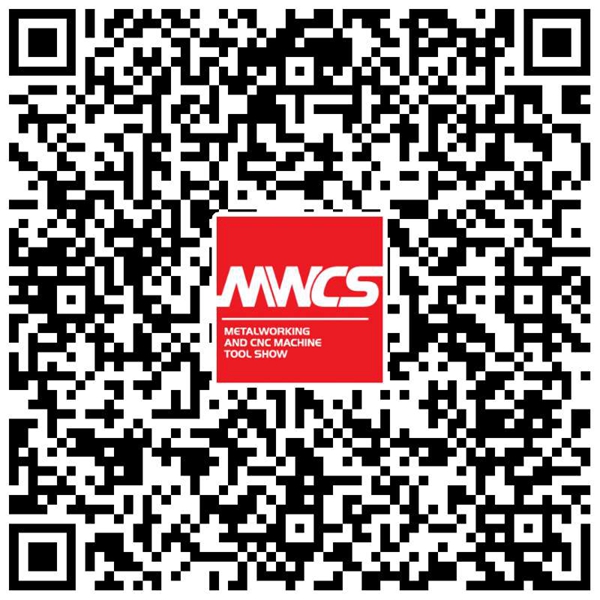
As a hot and rapidly evolving technology, the Internet of Things (IoT) presents equal amounts of promise and risk. Unfortunately, IoT is also surrounded by an enormous amount of hype you must wade through in search of the right business solution for your organization.
Yes, IoT promises to change how we manage manufacturing operations and or relationship with information. New communication standards will continue to evolve. New standards will allow manufacturers to collect and analyze raw data faster and with greater reliability. We will continue to learn more about our operations and the consequences of our decisions and actions. Implemented poorly, IoT can prove to be a costly distraction.
IoT’s greatest promise is to support your ability to make better decisions. By collecting information across your manufacturing network, you can enhance the things you already know and discover previously unknown causes and effects. Any system, however, is only going to be as good as your understanding and the effectiveness of your processes.
Arguably, your best way to prepare for an IoT implementation is to develop a plan to understand your operations as they are today. Define the current issues you face. Analyze and anticipate the root causes of those issues. It’s very much like seeding your IoT project to resolve the issues you face today.
An accepted approach to identify issues is the use of the Ishikawa (or Cause and Effect) Diagram. This diagram supports a structured approach to identify and anticipate the root causes of system failures. It is a brainstorming approach requiring extensive knowledge of your materials, networks, equipment, and processes. Given this and your knowledge, you can direct your IoT software to first address the issues most pressing today.
As you progress on your implementation projects, keep in mind some of the following items:
IoT standards remain fluid - The standards around IoT will continue to evolve the technologies mature. This can present a risk to IoT consumers. You must understand the evolution of standards and whether they are supported by reputable qualifying organizations.
Build on an extensible architecture - Build your IoT platform around an infrastructure that supports and enforces how components will communicate, authenticate, and store information in your current environment and as your implementation grows.
Build a system that is fault-tolerant and provides failover - Deploy a distributed architecture that supports fault tolerance to prevent cascading issues from failure and failover to prevent a system failure from impeding your operations.
Define your business purpose for installing IoT - In an evolving and heavily hyped world, it is too easy to lose track of your goals for the latest shiny feature. There are many ambiguous terms being used and created to explain IoT technology. Within the context of your implementation, terms like edge computing, cloud computing, and fog computing become gibberish. Know exactly what you are purchasing, its benefits, risks, and long-term costs to your organization.
Keep in mind the benefits that IoT brings to the table but manage the risks. Some examples to consider include:
Advantages
Being Awake - Your employees will have encouragement to pay attention to operational statistics
Operational Heuristics - Over time, your data will support using heuristics to identify the optimal machine states, logistics, material properties, and processes to support the best throughput conditions for component quality and production volume.
Reliability - The most commonly promoted advantage is the ability to support condition-based maintenance procedures, predict failure, determine MTBF, and schedule maintenance activities.
Disadvantages:
Security and Data Integrity Threats – The security of your data and processing parameters are critical to your ability to make good decisions. Also, as IoT becomes more entrenched in your organization, the risk of operational interruptions increases. While the popular discussion focuses on external threats, your greatest exposure is from your employees and contractors.
Cost - Suppliers should evaluate the cost of installing IoT, versus improving your current condition monitoring activities. If you currently ignore your tonnage monitors, vibration sensors, and other monitoring devices, you will probably improve your results by simply paying better attention.
Implementation Risks - IT has a historically poor track record at implementing complex software technologies. As an example, ERP has been around for decades. Current research still shows that fewer than 50 percent of projects complete on time, within budget, and acceptable to users. Manage your projects and keep their scope within the abilities of your Information Technology and business staff.
Understand your Data - Data analysis is a wonderful tool for identifying causation and anomalies in your operations. Useful analysis, however, requires a depth of knowledge about sheet metal forming, process, and equipment behavior. Uninformed analysis can be useless or cause poor decisions.
The Internet of Things is a promising technology foundation with a very bright future. As with any new technology, there are significant risks that you must manage during implementation. IoT provides a foundation for operational decisions regarding production, reliability, logistics, and employees. These decisions carry with them the responsibility to ensure that your data is accurate and reliable. It also demands that you understand the variables of your materials, equipment, and processes to allow you to make appropriate decisions.
From: thefabricator
By: Bill Frahm












